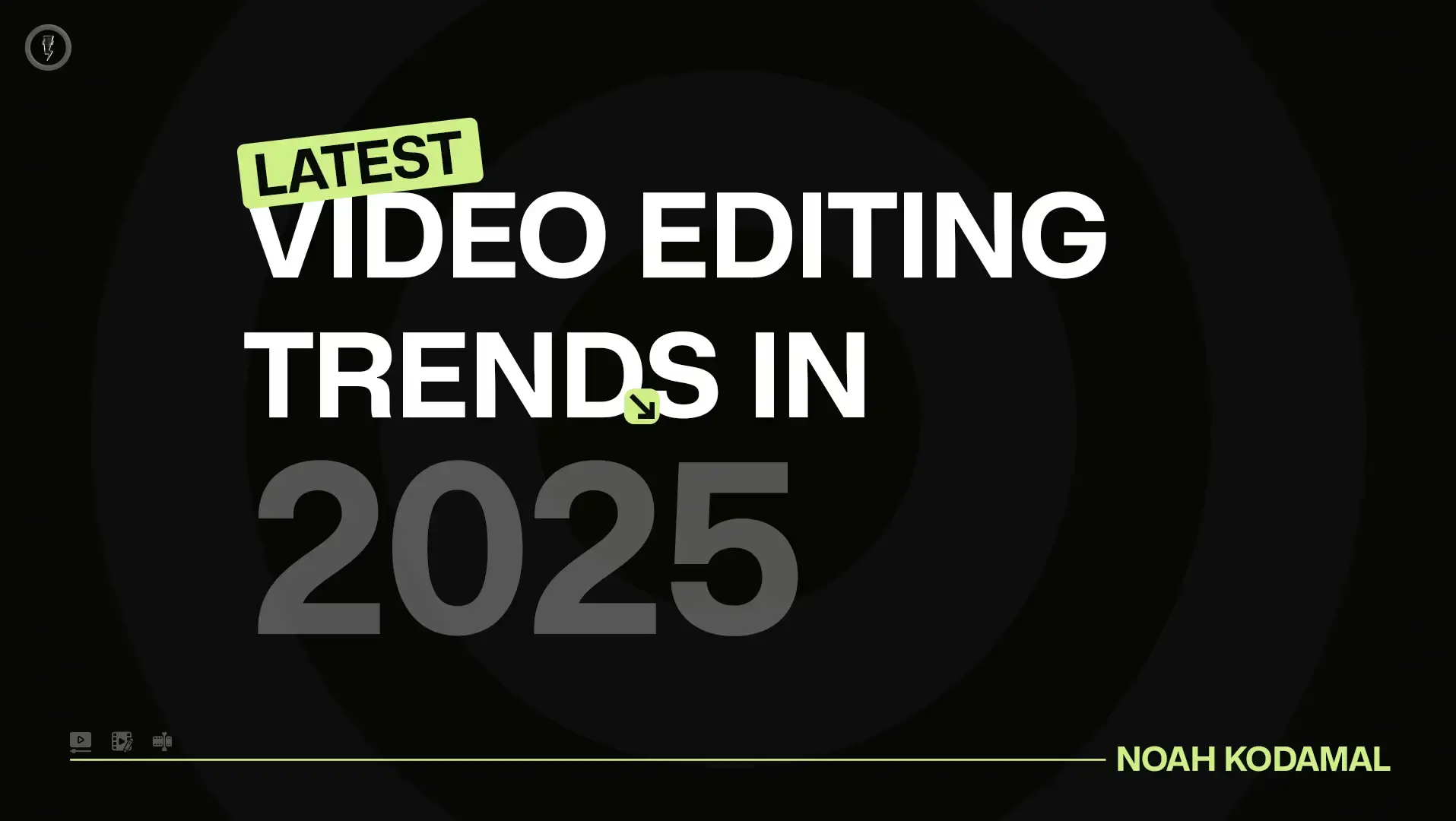
Things are happening faster on social media than they ever have before. Because platforms like Instagram and YouTube Shorts are so popular, video is now the perfect way to communicate with people. But these days, it's not enough to just film a decent video; the editing is what makes it stand out.
In 2025, video editing is more than simply a technical skill. It has turned into a superpower in the arts. Some of the latest technologies that are transforming how content is generated and consumed are AI, mobile-first formats, and immersive tools. Brands, marketers, and creators who want to reach people in the best way possible need to stay on top of editing trends.
AI is fundamentally impacting how videos are made. You can now change something in minutes with AI technologies that used to take hours of work by hand.
Why is this important? The people who make the stories can spend less time making improvements to the technology and more time making them compelling. It works well and doesn't get in the way of new ideas.
Vertical (9:16) has become the standard because almost 80% of social media videos are watched on phones. People don't want to have to turn their screens; they want the content to fit naturally.
What does this mean? Mobile-friendly content earns more views, keeps people on the page longer, and ranks higher in search results that put user experience first.
The transitions used to be simple cuts, but now there are creative ways to tell the stories. The change itself is a trend in 2025.
Transitions that work well make videos more engaging, but if you use them too much, they can lose their meaning.
It's no longer good enough to have raw, flat footage. People want well-made visuals, match the brand's image and fit with the mood.
Why does this matter? Colour grading isn't only about how something looks; it also shows how you feel and gives it a unique look.
Editing videos for social media used to be only a technical skill, but now it's the main part of digital narrative. AI automation, vertical-first shapes, inventive transitions, and vibrant colour grading are the most essential themes of 2025.
What is the main point? Trends are not rules; they are tools. They should add to your story, not take it away. Every change should be based on creativity and truth.
If you make videos or run a brand and want to stand out, try using just one unique editing style in your next video. When people look at your work, a minor alteration can sometimes make a significant difference in how they feel about it.
1. What is the biggest video editing trend on social media in 2025?
AI-powered editing is leading the way, making tasks like scene detection, reframing, and noise removal faster and easier.
2. Why is vertical video so important?
Most users watch videos on smartphones. Vertical formats like 9:16 naturally fill the screen, leading to better engagement and retention.
3. Do I need expensive software to follow these trends?
No. Free and affordable apps like CapCut, Canva, and Instagram’s built-in editors provide professional-level tools for creators.
4. How does colour grading improve social media videos?
Colour grading sets the mood, builds brand consistency, and makes content look more polished and professional.
5. Are transitions really worth the effort?
Yes. Smart transitions hold attention, guide the eye, and add a professional touch, but they should be used sparingly to avoid clutter.